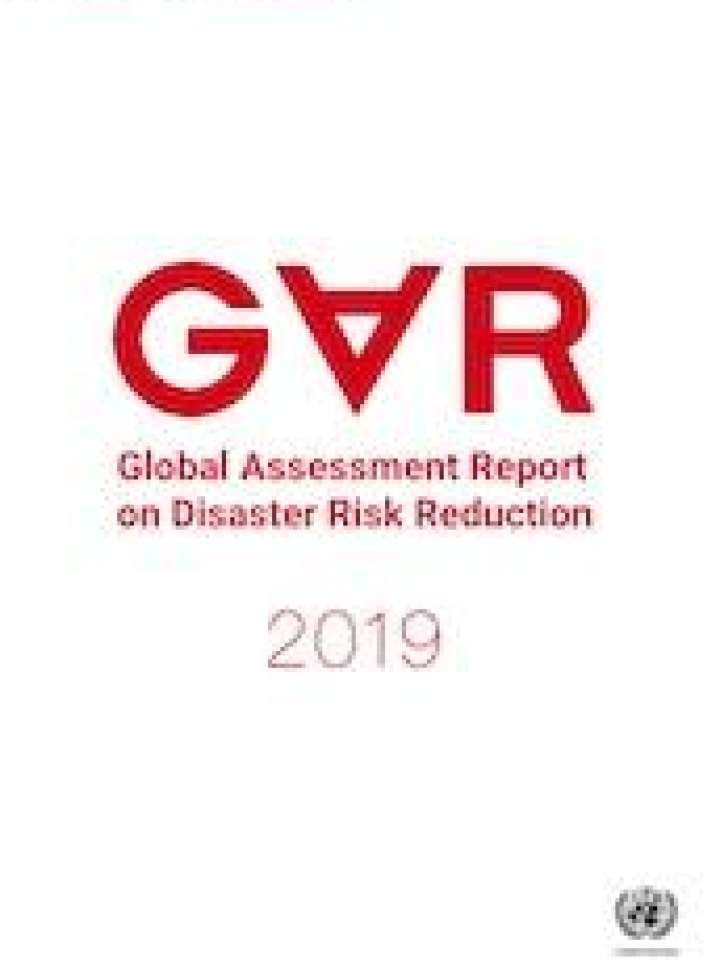Global assessment report on disaster risk reduction 2019
The 2019 Global Assessment Report on Disaster Risk Reduction (GAR) is informed by the latest data – including Sendai Framework target reporting by countries using the Sendai Framework Monitor – and infers early lessons on the state of the global disaster risk landscape. While the observed period is still too short to reach definitive conclusions at a global scale, it is possible to ascertain certain patterns in terms of magnitude, geographic and socioeconomic distribution of impacts and abstract several points of departure for where and how countries have seen successes in reducing risk.
In terms of losses, severe inequalities between low- and high-income countries persist, with the lowest-income countries bearing the greatest relative costs of disasters. Human losses and asset losses relative to gross domestic product tend to be higher in the countries with the least capacity to prepare, finance and respond to disasters and climate change, such as Small Island Developing States.
Greater effort is required to move beyond analysis of direct loss and damage, to understand impact more holistically. Previous GARs have argued for more emphasis on revealing the proportion of income or assets lost within loss analysis. To do so requires stakeholders to look at the indicators of the post-2015 agreements afresh, across goals and targets, and establish metrics for those dimensions of disaster impacts that accrue to the most vulnerable. Notably, this should be done by going deeper into distributional analysis, moving away from regional, national and subnational data to the household level. Immediate effort is required to understand in finer detail how shocks affect people’s lives in a systemic way. Support can then be provided to countries to design solutions and influence human behaviour, to prevent the creation and propagation of risk, as well as to rebound from disasters.
Explore further
